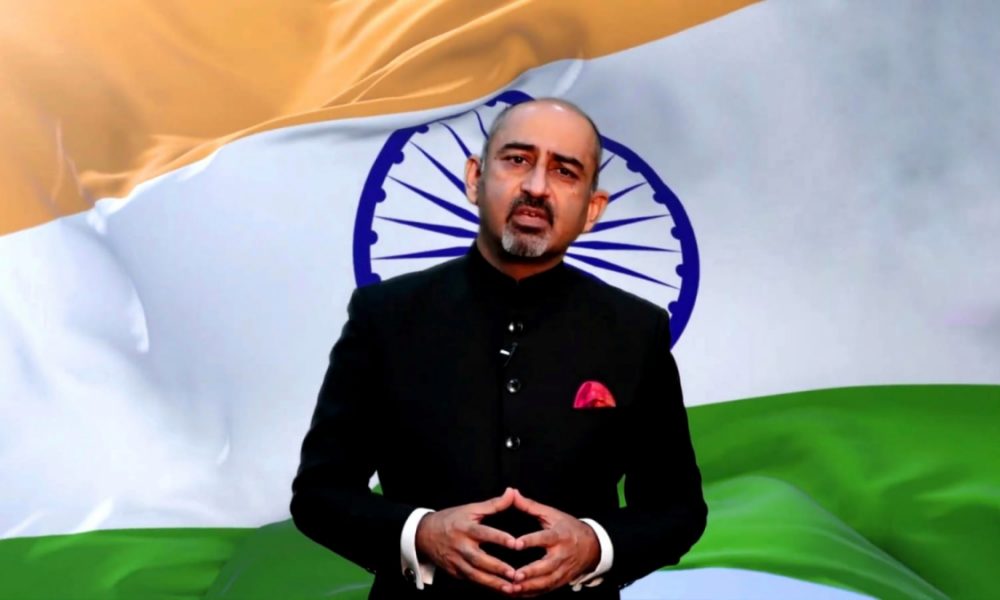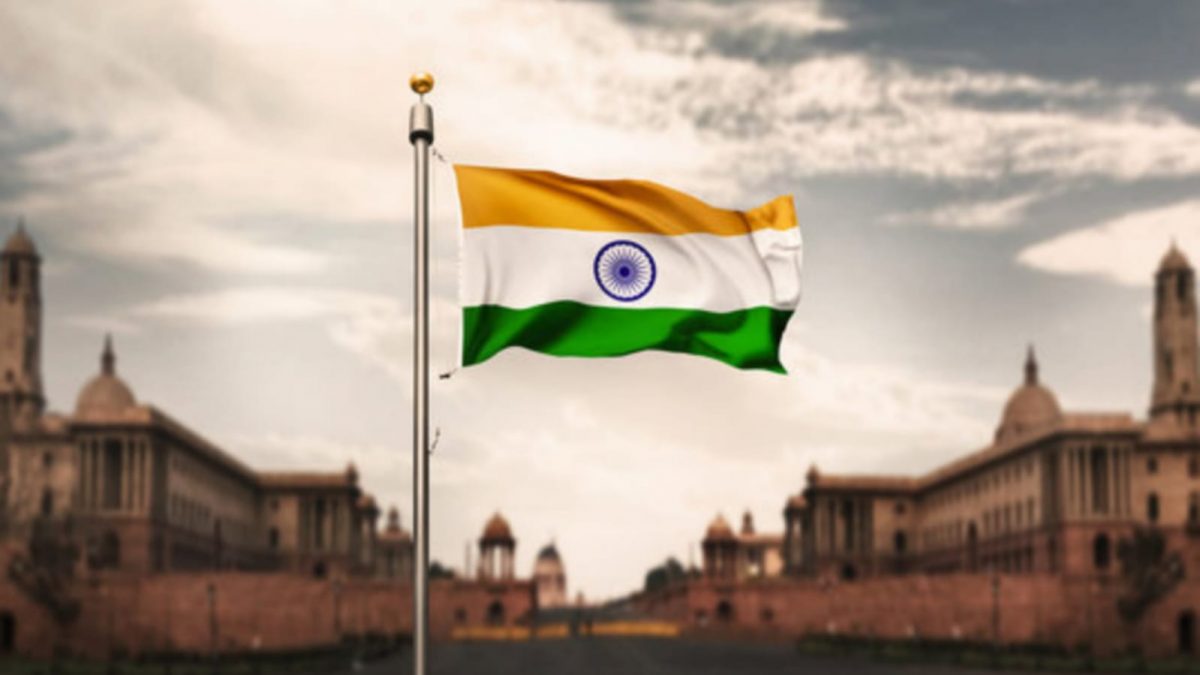
New Delhi: 15th August, 1947 holds immense importance for every citizen of the country as it is on this day that the freedom fighters successfully liberated India from British rule. Since then, the countrymen have been celebrating & rejoicing the day with great zeal & fervour, every year.
Apart from celebrations, if you are searching for country’s achievements & accomplishments in these glorious years, here comes a ready reckoner by Anupam Sibal, a Professor & Motivational Speaker. Professor Anupam Sibal sheds light on India’s awe-inspiring journey from Independence to its emerge as an Asian giant. In his video message, he highlights teachings of President Mahatma Gandhi, the importance of exercising the right to vote in democratic elections, the significance of Aadhaar card, the remarkable Statue of Unity, the strength of the Indian economy, and the impactful Swachh Bharat Abhiyan (Clean India Campaign).
Professor Anupam Sibal says, “In our glorious history of 10,000 years, we did not invade others. Mahatma Gandhi gave the world this message, that an eye for an eye makes the whole world blind. We are the world’s largest democracy. In the 2019 elections, 600 million citizens cast their votes. That’s more than the combined populations of seven G7 countries. What better proof of our democracy than a voter like Darshan Das, who lives in a remote jungle village? Since 2004, the Election Commission has been establishing polling centers so that no Indian has to travel more than 2 kilometers to cast their vote.
Are you Proud to be an Indian?
Professor Anupam Sibal expresses his views in this video.
What are your views?
Which facts from this video did you not know already?
Share with friends and family who are Proud to be an Indian#proudtobeanIndian #Indian https://t.co/layY1QFnFd— Prof. Anupam Sibal (@AnupamSibal) August 8, 2023
“India’s diversity is showcased through being a secular country with 1.42 billion people encompassing nine religions, 22 official languages, and over 1,300 spoken languages, yet united as one nation. Remarkable milestones include Aadhaar, the world’s largest biometric system with 1.37 billion cards issued, and the Statue of Unity, the world’s tallest statue. India’s space program has launched satellites for 36 countries including the United States. We have the capacity to launch over 100 satellites in a single mission,” he further explained.
Gandhi ji had said the future of India lies in its villages. What does this economic development mean for rural India? Under the Swachh Bharat Abhiyan (Clean India Campaign), we have built toilets at the rate of one every two seconds. Electricity is now available in 99% of households. Under the Pradhan Mantri Jan Dhan Yojana, 407.8 million bank accounts have been opened. Every second, three new people in India are connecting to the internet, and two of them are from rural areas. India has made remarkable progress in the field of healthcare. The average life expectancy has increased from 32 in 1947 to over 70 today. We produce more than one lakh MBBS doctors every year, more than any other country. Ayushman Bharat PMJAY is the world’s largest health scheme, aiming to provide coverage of five lakh rupees to 50 crore citizens annually. India is the world’s third-largest pharmaceutical manufacturer.
Professor Sibal also highlighted India’s notable achievements in arenas like International Yoga Day, the G20 Summit, and contributions across science and entertainment. These accomplishments have solidified India’s global reputation.
Further breaking down India’s emergence as one of the global powers and role of nation’s leadership & citizens in making this a reality, he said, “Our respected Prime Minister has traveled to 68 countries, showcasing India as a collaborative partner on the world stage. In recent times, 376 heads of state and government have visited India, highlighting its significance globally. Indian-Americans have made considerable contributions to various fields, including business, science, medicine, and entertainment in the United States. Although Indians make up just 2.5% of the British population, they comprise 18% of all doctors in the country. This demonstrates that while Indians may live abroad, their connection and affinity for India remain strong.”





